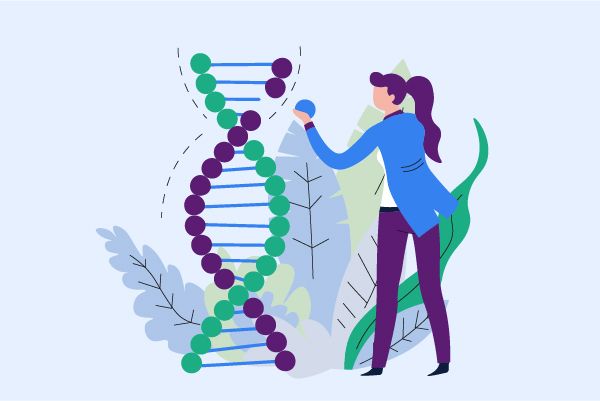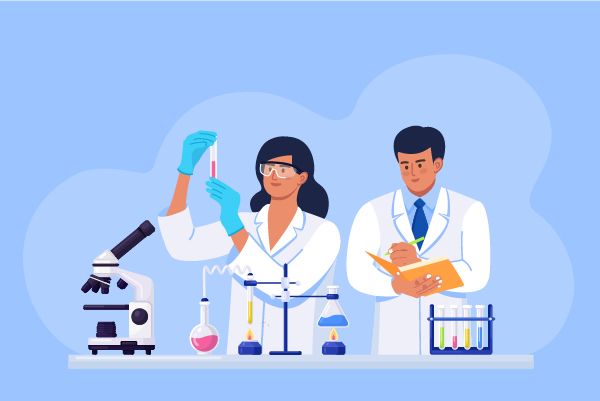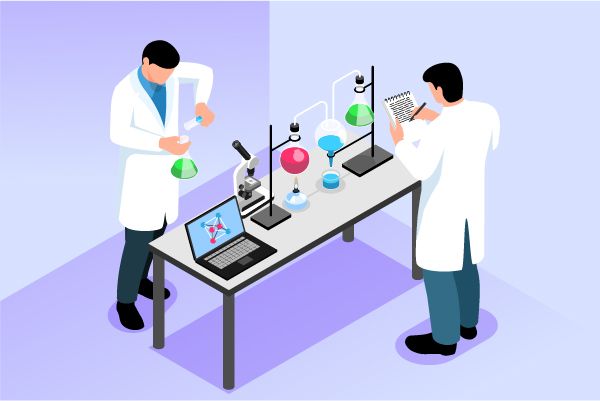What are drug interactions? What types of drug interactions are there?
Drug interactions occur when two or more medications are taken together and the effect is different than if they were taken separately. There can be several types of drug interactions, including:
1.Pharmacodynamic interactions: These occur when two drugs have similar effects on the body, which can lead to an increase in their combined effect. For example, aspirin and acetaminophen both reduce pain, but taking them together can cause excessive bleeding due to increased platelet aggregation.some antihypertensive drugs, particularly those acting on the renin-angiotensin system, may exhibit pharmacodynamic interactions with other antihypertensive agents due to their complementary actions on blood pressure control.
2.Pharmacokinetic interactions: These involve changes in how a drug is absorbed, distributed, metabolized, and excreted by the body. For instance, certain antibiotics can slow down the absorption of estrogen-containing contraceptives, reducing their effectiveness.calcium channel blockers such as diltiazem and verapamil are known to inhibit CYP3A4, leading to potential pharmacokinetic interactions with other drugs that are metabolized by this enzyme.
3.Clinically significant interactions: These can result in serious adverse effects or loss of therapeutic benefit. They usually require medical intervention, such as hospitalization or close monitoring.
4.Subclinical interactions: These do not produce any immediate symptoms but can still affect the efficacy of one or both drugs involved.
5.Synergistic interactions: Two drugs working together to achieve a greater therapeutic effect than either drug alone.
6.Antagonistic interactions: Two drugs working against each other, resulting in decreased efficacy of one or both drugs.
7.Additive interactions: Two drugs acting independently but producing a combined effect that is greater than what would be expected from the individual actions of each drug.
8.Phenotypic drug interactions: These occur when the efficacy or toxicity of a drug combination depends on an individual's genotype. For example, certain polymorphisms in genes encoding drug-metabolizing enzymes or transporters can influence the rate at which a drug is cleared from the body, potentially resulting in pharmacokinetic drug interactions.
It's important to consult with a healthcare professional before taking multiple medications to avoid potential drug interactions and ensure safe use of medications.




